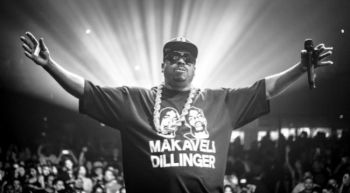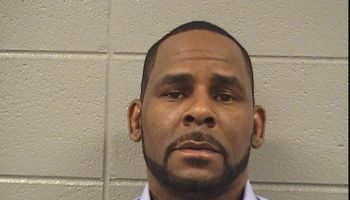Forty springs ago, on the day the Vietnam War came home as it never had before, Mary Ann Vecchio was there. She’s the girl in the haunting photo — crying, kneeling over the student’s body.
That was Kent State University, May 4, 1970, a few days after Richard Nixon, who’d campaigned for president on an implicit promise to end the war, widened it by invading Cambodia.
Across the nation, students protested. At Kent State, where two days earlier the ROTC building was burned down, National Guardsmen fired into a crowd and killed four unarmed students, the closest of whom was nearly a football field away.
Vecchio found Jeffrey Miller dead on the ground, a moment captured by a student photographer.
Rarely has an American home front been so traumatized — Yale historian Jay Winter calls the Kent State shootings “a wound in the nation’s history” — and for a time the school was so ashamed it shortened its name to “Kent,” changed its logo and ended its annual May 4 observances.
But things have changed in 40 years, during which the United States left Vietnam and entered Iraq and Afghanistan. Now, a campus that unwillingly became synonymous with protest is more focused on remembering opposition to that war than opposing the current ones.
Unlike Vietnam, the wars America now fights have never really come home. Students don’t worry about getting drafted. The campus anti-war group is inactive. The big cause is Haiti, the big issue the cost and availability of parking.
“There’s no strong opposition to it,” junior Kassandra Meholick says of the fighting today, “and no strong support for it.”
Although there’s little of the real thing here, student anti-war protest is studied in class, chronicled in archives and commemorated on monuments, markers and even a postcard sold in the bookstore.
May 4 has become a teachable moment, part of what President Lester Lefton calls Kent State’s “brand.” A documentary on the shootings is shown at freshman orientation. “You feel like you’re part of history,” says Meholick, of Harrisburg, Pa. “Something significant happened on this campus.”
There are new trail markers installed for a walking tour of the May 4, 1970 Kent State University shootings’ 40th anniversary.
The seven new trail markers were installed at KSU to help people understand the events that took place on May 4, 1970.
You can go on a walking tour and stop and look at the pictures while listening to a narrative by notable civil rights leader Julian Bond on a cell phone.
They hope visitors will get a better perspective on what led up to the shootings and where they actually took place.
There are also plans to open a visitor center with museum-style exhibits.
















